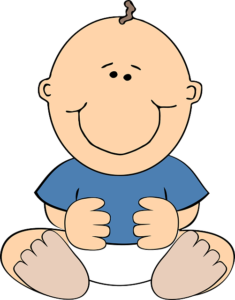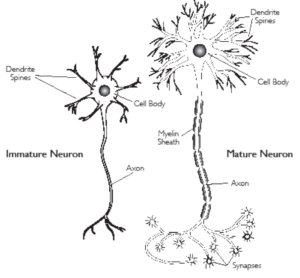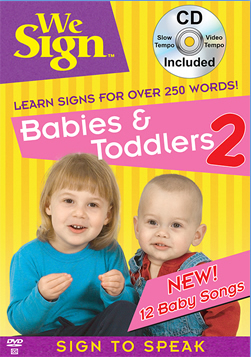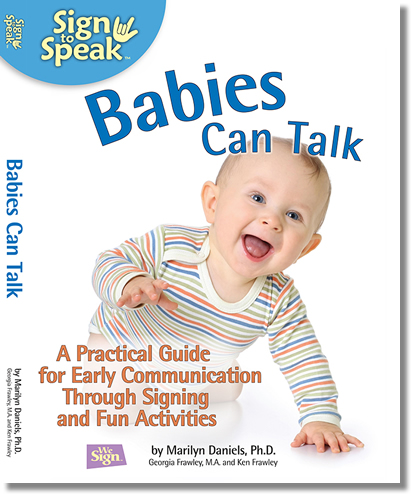 Signing ASL baby signs and signing ASL baby songs with babies is a fun and playful activity that provides many benefits to babies and their parents and caregivers. If you are not already convinced to use ASL signs with babies or you just want to re-affirm your decision to do so, we want to offer you our top 10 benefits for signing and singing with all babies.
Signing ASL baby signs and signing ASL baby songs with babies is a fun and playful activity that provides many benefits to babies and their parents and caregivers. If you are not already convinced to use ASL signs with babies or you just want to re-affirm your decision to do so, we want to offer you our top 10 benefits for signing and singing with all babies.
Before we get to our Top 10 benefits for Signing Baby Songs and Signs with Babies, we want you to know that we have just added a new baby song featuring American Sign Language, ASL, to our We Play Along YouTube Channel. It is an easy baby song to learn and use with babies. Watch our How Many Legs Music Video for a demonstration. You can also learn the ASL signs you will be using in advance by watching this ASL How Many Legs baby song’s instruction video.
Top 10 Benefits for Signing with Babies
Ever since American Sign Language has been used in the United States, many people have reported the benefits that hearing children received by learning ASL. Since the 1970s, researchers have been studying the effects of signing with babies, toddlers, preschoolers, and older children. These studies have demonstrated that hearing babies receive a wide variety of benefits.
- Signing ASL baby signs fosters early language growth. Studies have demonstrated that children who sign can have twice the usable vocabulary when signed and spoken words are combined. Having this collection of words allows babies to discover more of their world because they can direct their parents’ and caregivers’ attention to the things they are interested in, want, or need. When you incorporate ASL signs with baby songs you are reinforcing words babies are learning and offering your baby a variety of ways to learn each word’s meaning.
- Signing ASLbaby signs reduces parent-child communication frustrations. Babies can sign words to their parents many months before they can speak. Instead of making you play the “crying guessing game” and having screaming temper tantrums, babies can let you know if they are hungry, if they want more, if they are all done, and much more as they grow. Key words like Eat, More and All Done will greatly help you with this.




Eat: Hold the fingertips of one hand together and bring your hand up to your mouth repeatedly (as if you were eating something).
More: Hold the fingertips of both hands together (as you do for eat) and then tap them together. (repeat)
All Done / Finished: Hold up both hands with palms in, fingers at chest level, with palms flat and fingers loose. Then, in a quick motion, turn your palms so that they are facing down, fingers are forward. Repeat
Learn all about these key first ASL baby signs by downloading our
FREE Jump Start on Smart ASL Baby Signs chapter.
 Signing ASL baby signs stimulates brain development. The ability to use language aids in a baby’s brain development. Signing stimulates the growth and connection of neurons and synapses, helping babies to acquire and remember more language.
Signing ASL baby signs stimulates brain development. The ability to use language aids in a baby’s brain development. Signing stimulates the growth and connection of neurons and synapses, helping babies to acquire and remember more language.- Signing strengthens memory retention and recall.Singing and signing ASL baby songs helps babies learn words using a variety of learning styles including kinesthetic, visual, verbal, and musical. The combinations of these learning styles help babies to store words in multiple parts of the brain. Thus, memory and recall are strengthened.

- Signing provides an interactive bonding activity. Singing and signing ASL baby songs is an activity in which parents and babies are paying attention to each other. Signing is a visual language, so they must look at each other and singing helps to focus a baby’s attention. The minutes here and there that parents spend signing turn into hours of meaningful and playful interaction. This interaction supports parent-child bonding that will grow and extend throughout their lifetimes
- Signing offers babies a language skill. Babies can speak with signs before they can talk. Generally, babies begin to speak words when they’re around 14 to 16 months old. Signing babies have been known to sign words as early as 6 months old. By the time signing babies begin to talk, they may already have a vocabulary of a dozen or more words that they have been communicating for 3 to 6 months.
- Signing enhances eye gaze. Babies learn so much with their eyes as they watch their parents, look at objects in front of them, and view their world. Signing and signing baby songs encourages babies to focus on specific hands and signs. Because of the visual nature of ASL, babies use their eyes to learn.
- Signing develops fine and gross motor skills. Because signing involves the use of fingers, hands, and arms, it helps babies develop control over the associated muscle groups as well as eye-hand coordination.
- Signing builds confidence and positive self-esteem. As babies become successful signers and communicators, they become more confident in themselves and their abilities. This confidence will continue to encourage an enthusiasm for learning and give them the knowledge that they can succeed.
- Signing and singing generates a real enthusiasm for learning. When babies learn signs, they not only accomplish communication but also gain praise and support from those around them. This positive reinforcement for learning encourages them to learn more and more.
Singing and signing ASL baby songs is not only fun and playful but ASL signs and ASL baby songs also offer great ways for babies to learn and grow. The Top 10 Benefits for Signing ASL Songs and Signs listed above provides you with all the reasons you need to sign with babies.
For more ASL Baby Sign Language products you can visit 4parentsandteachers.com or simply choose from our suggestions listed here


